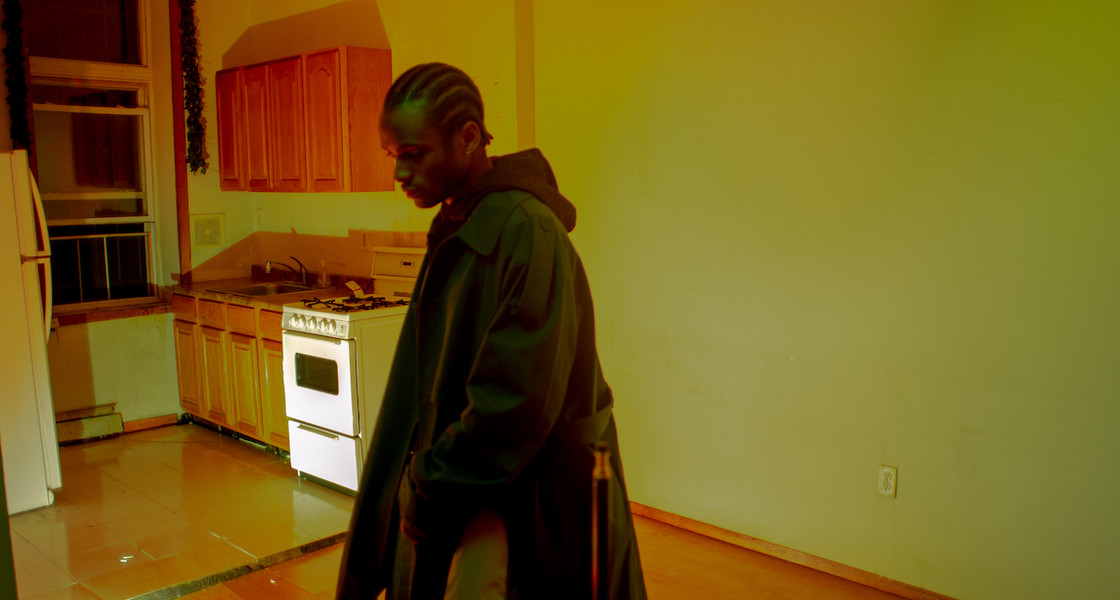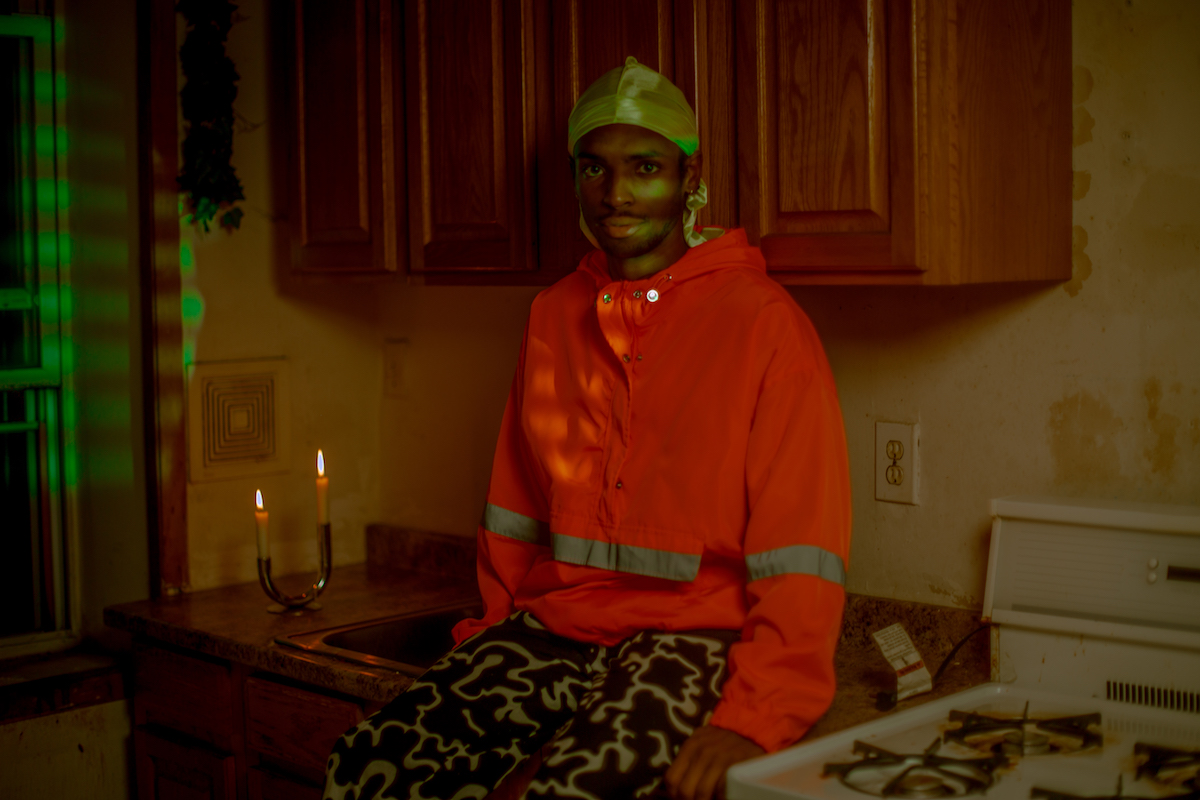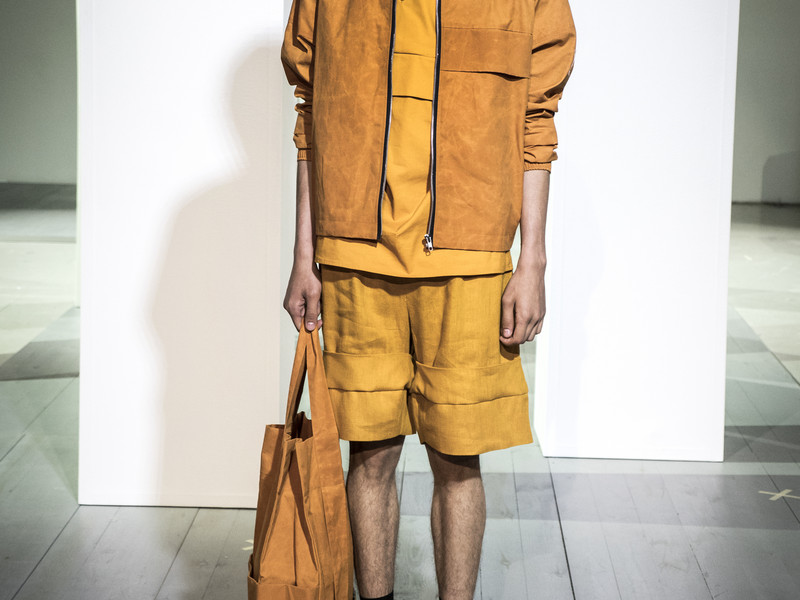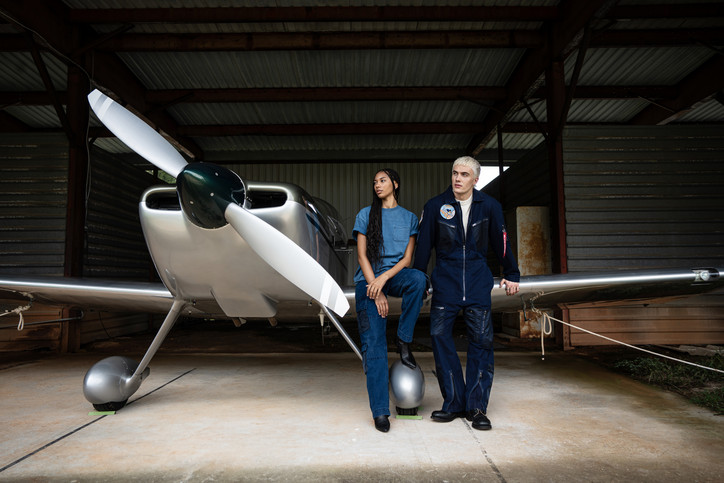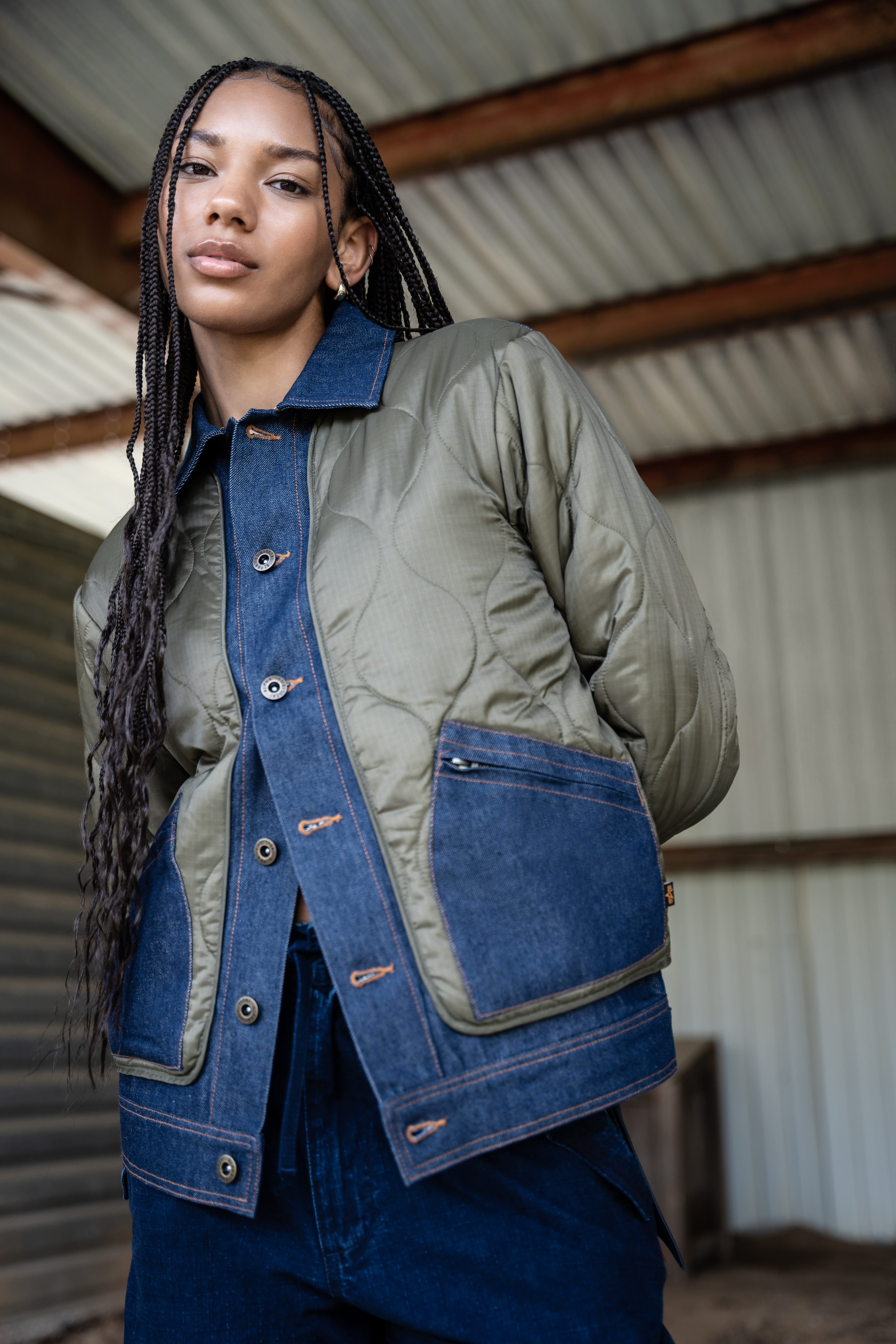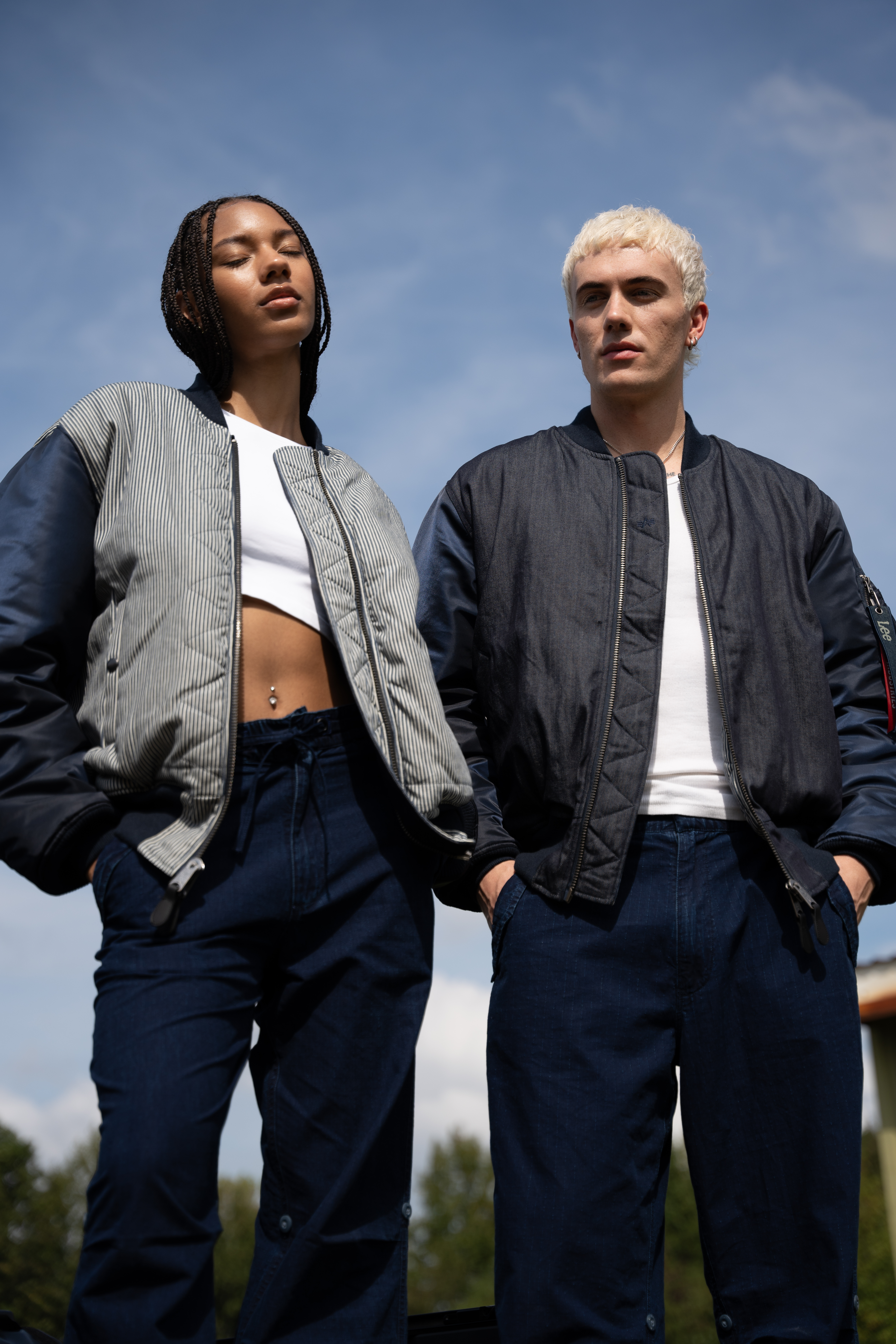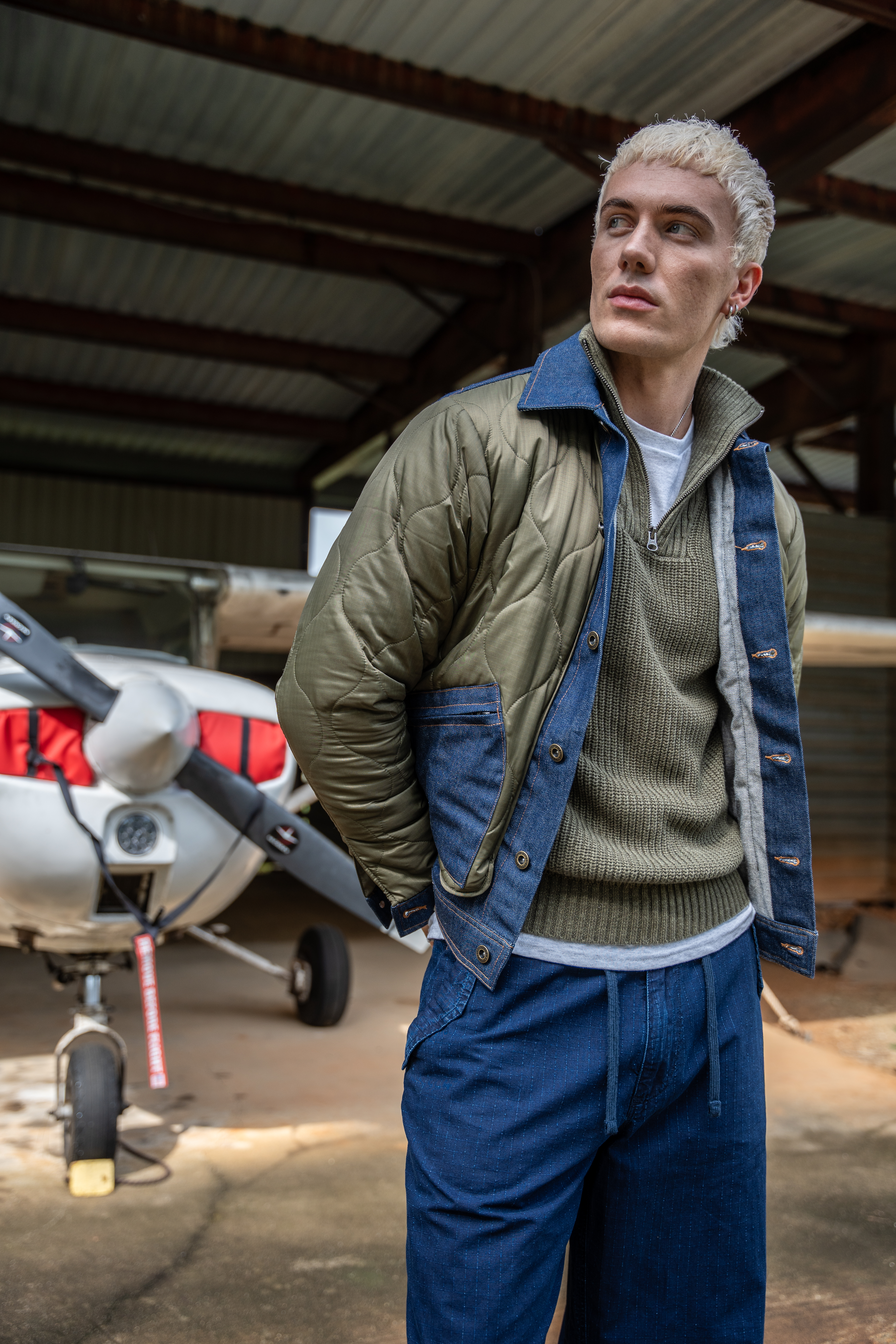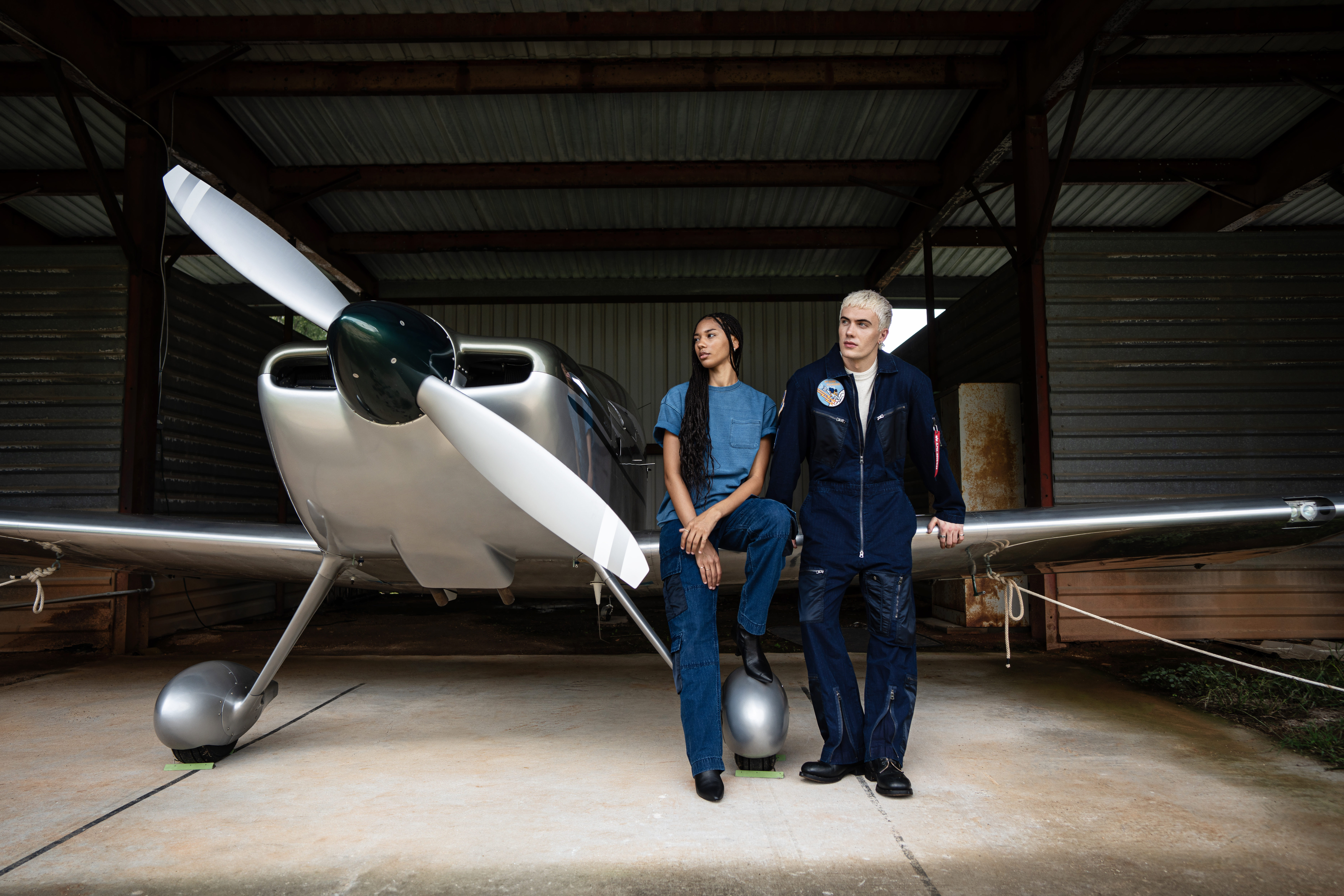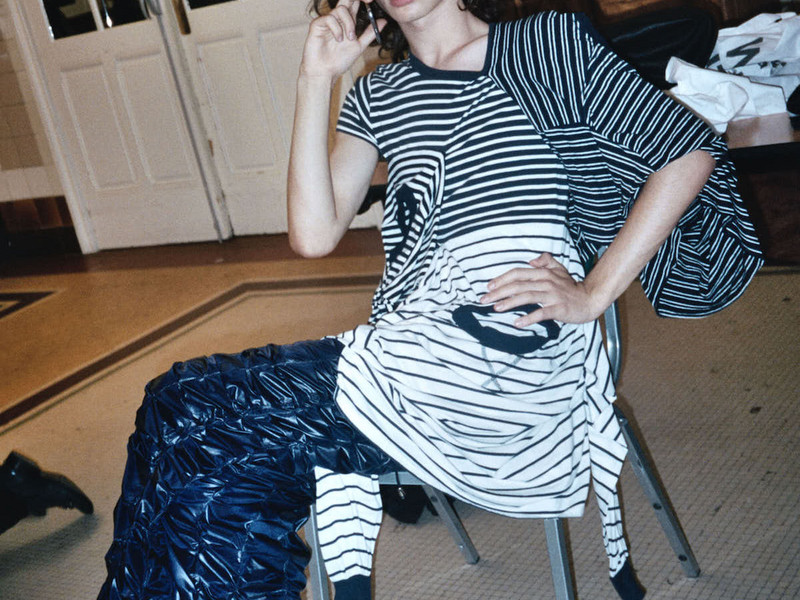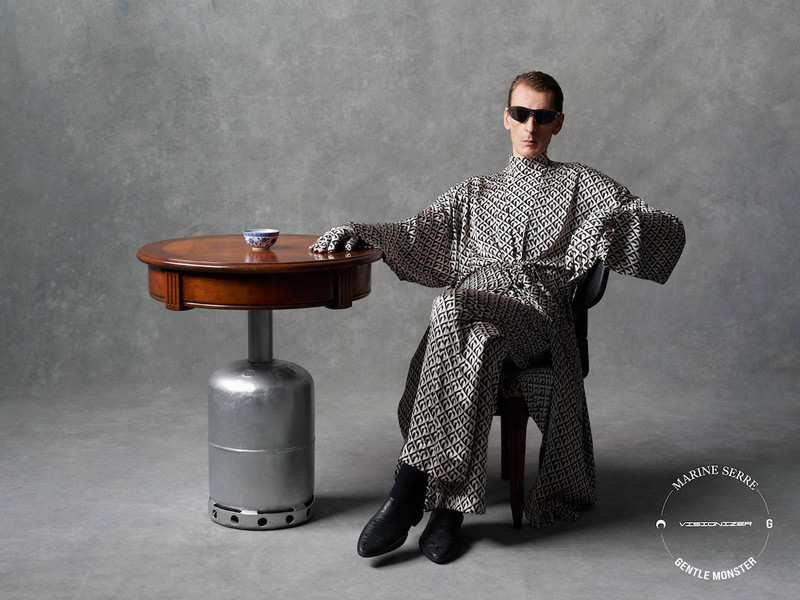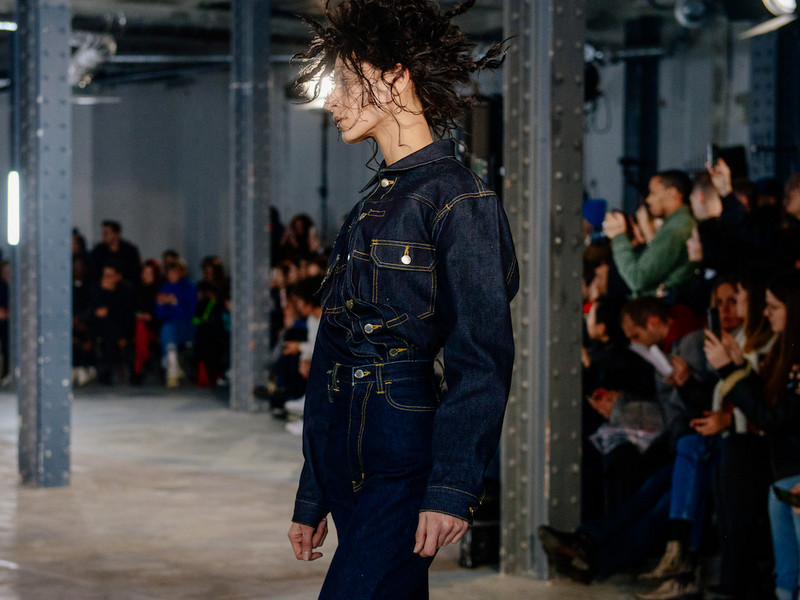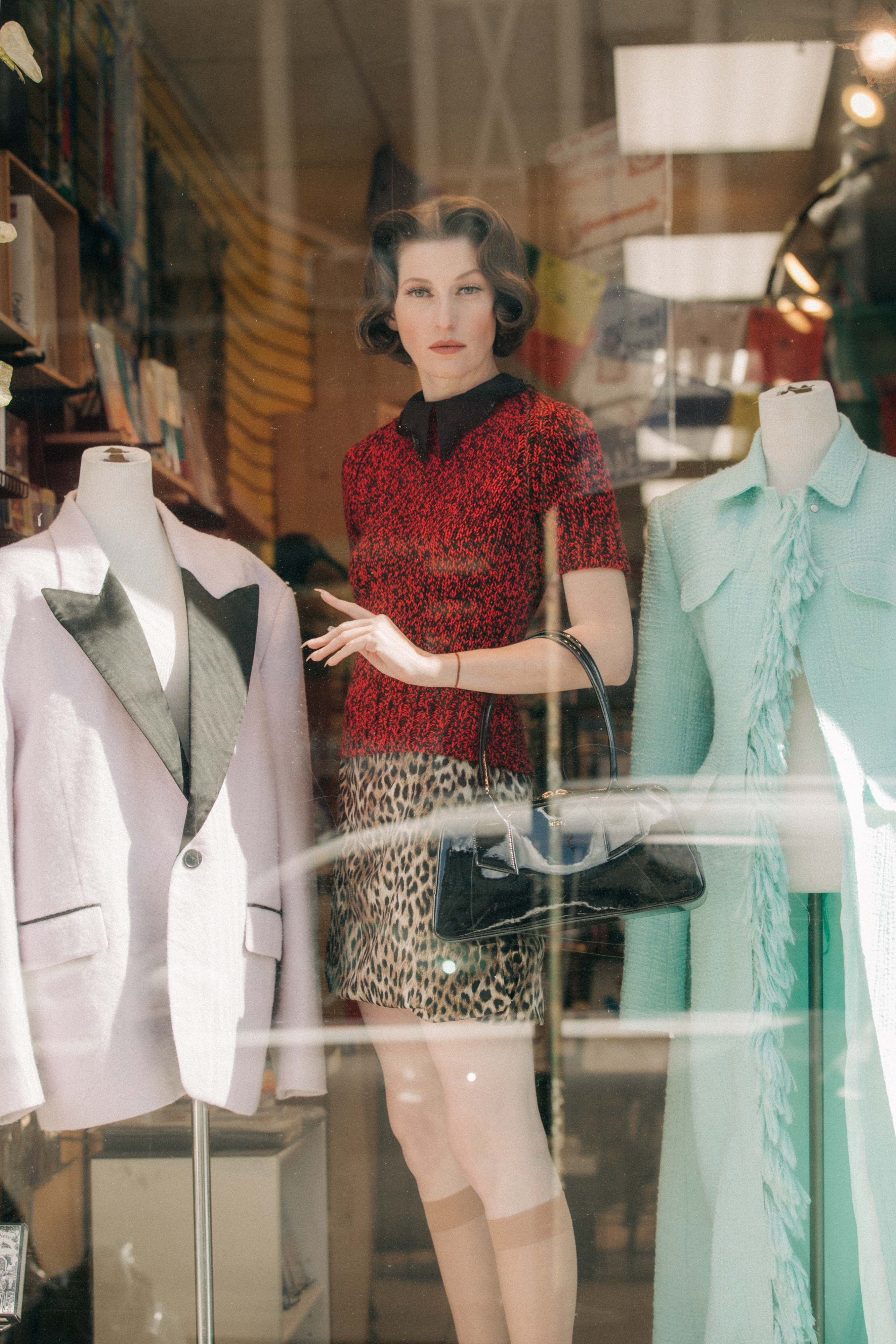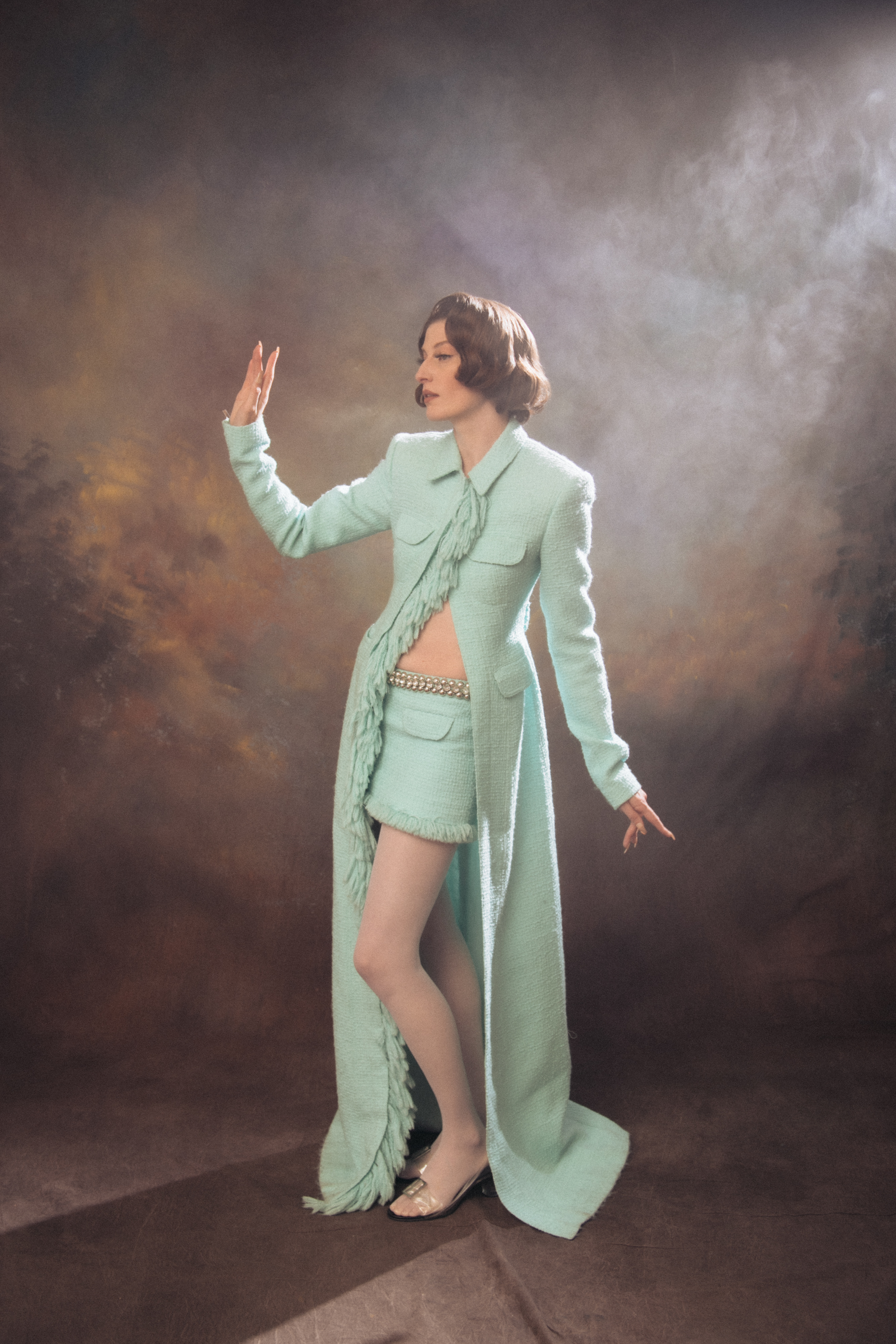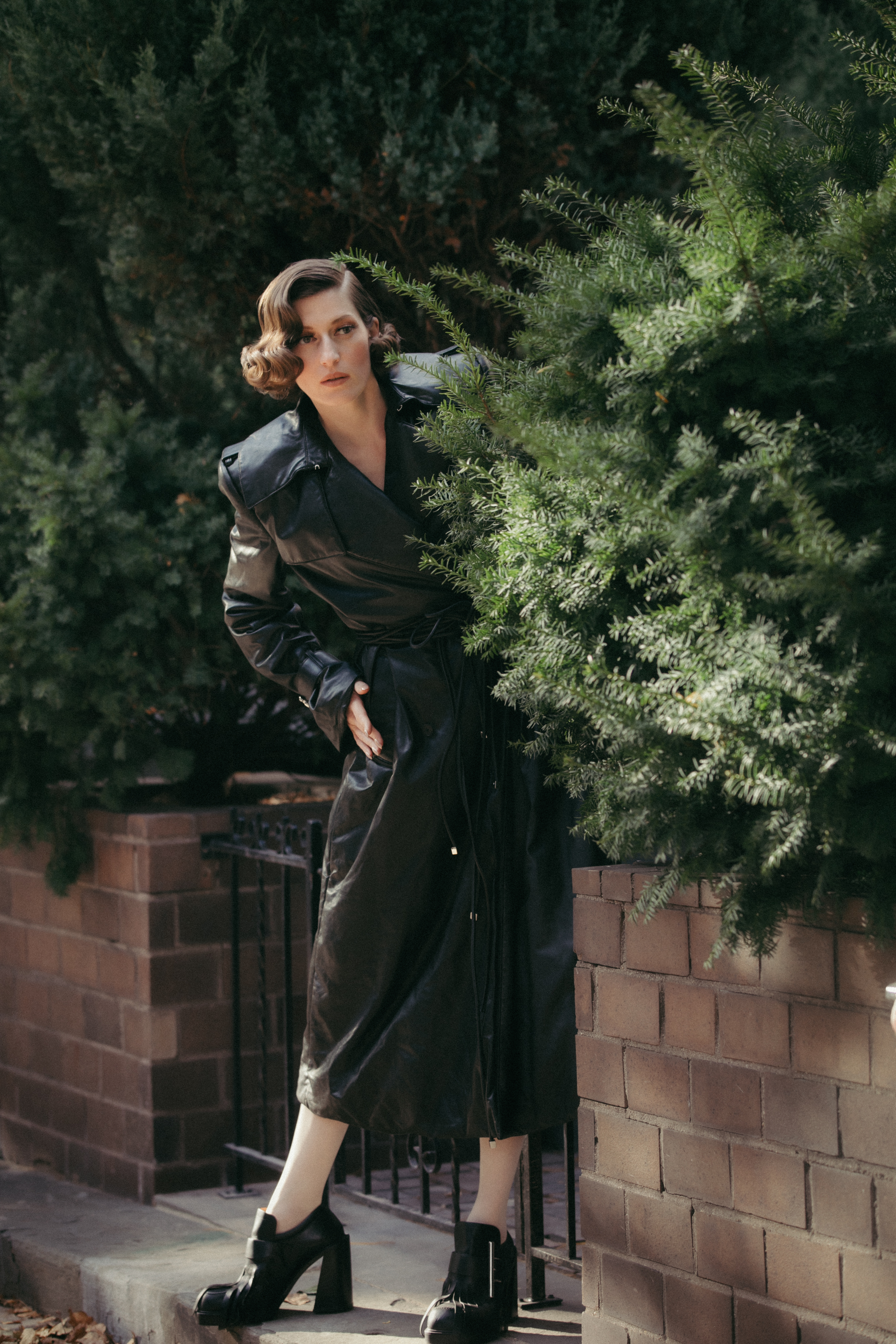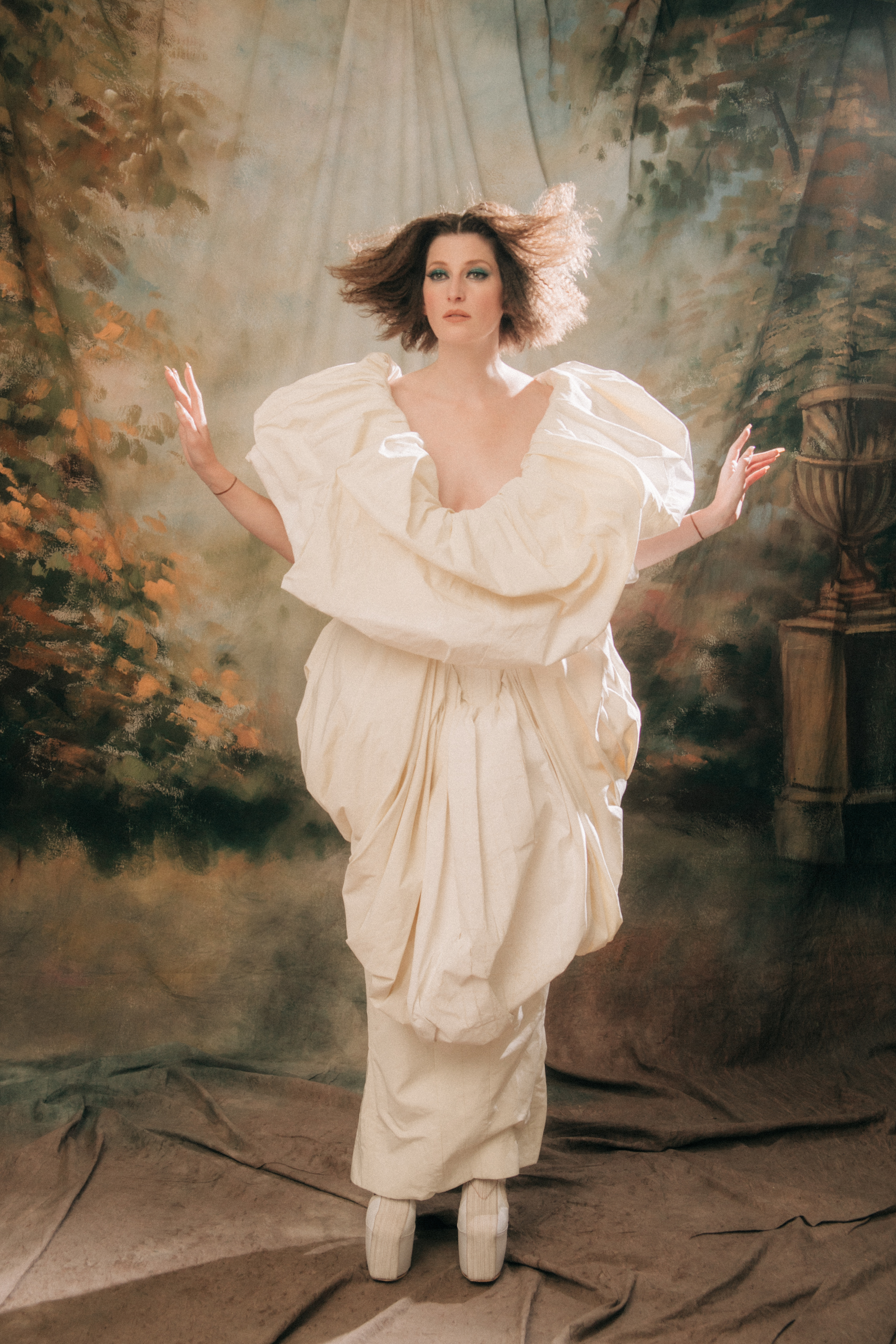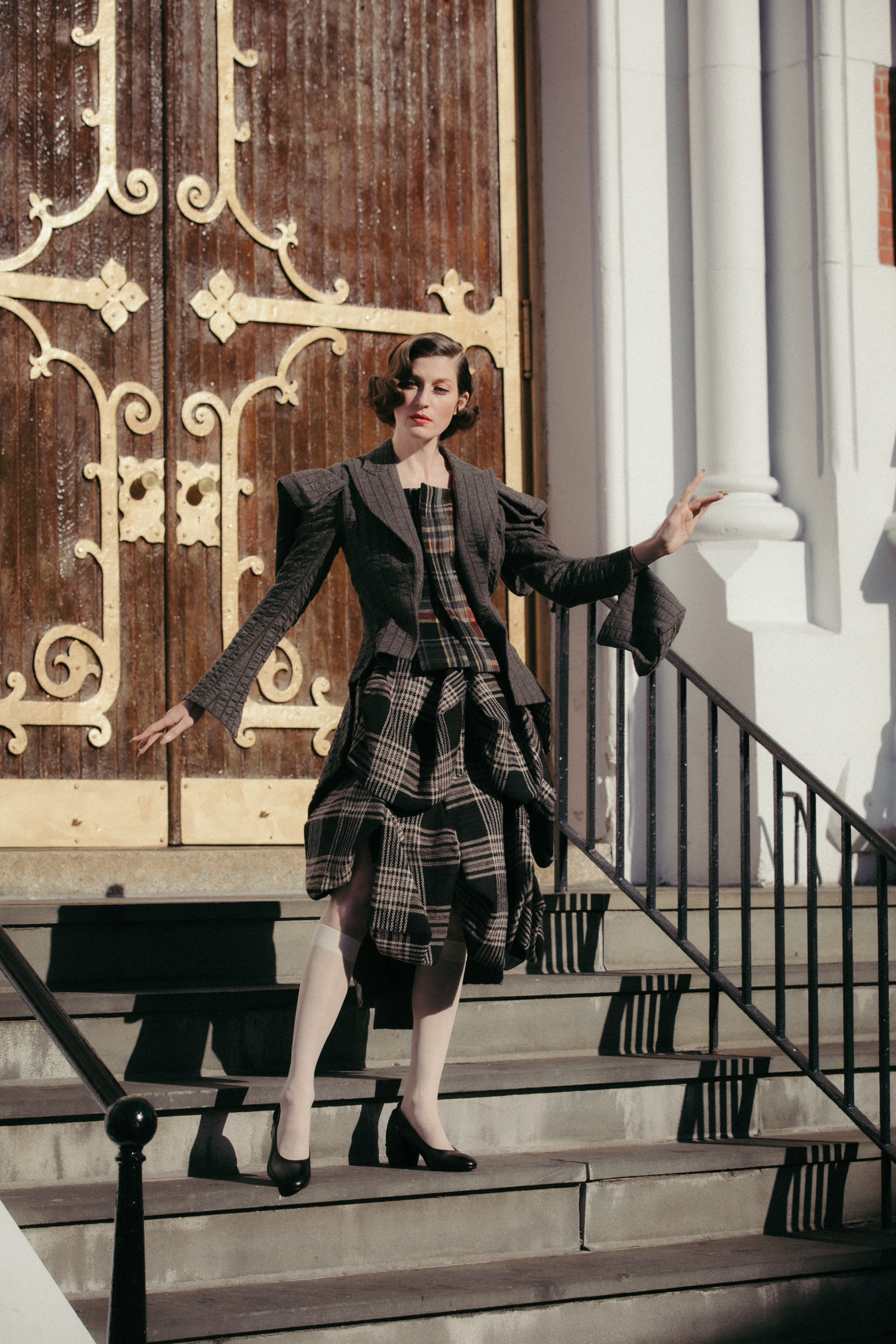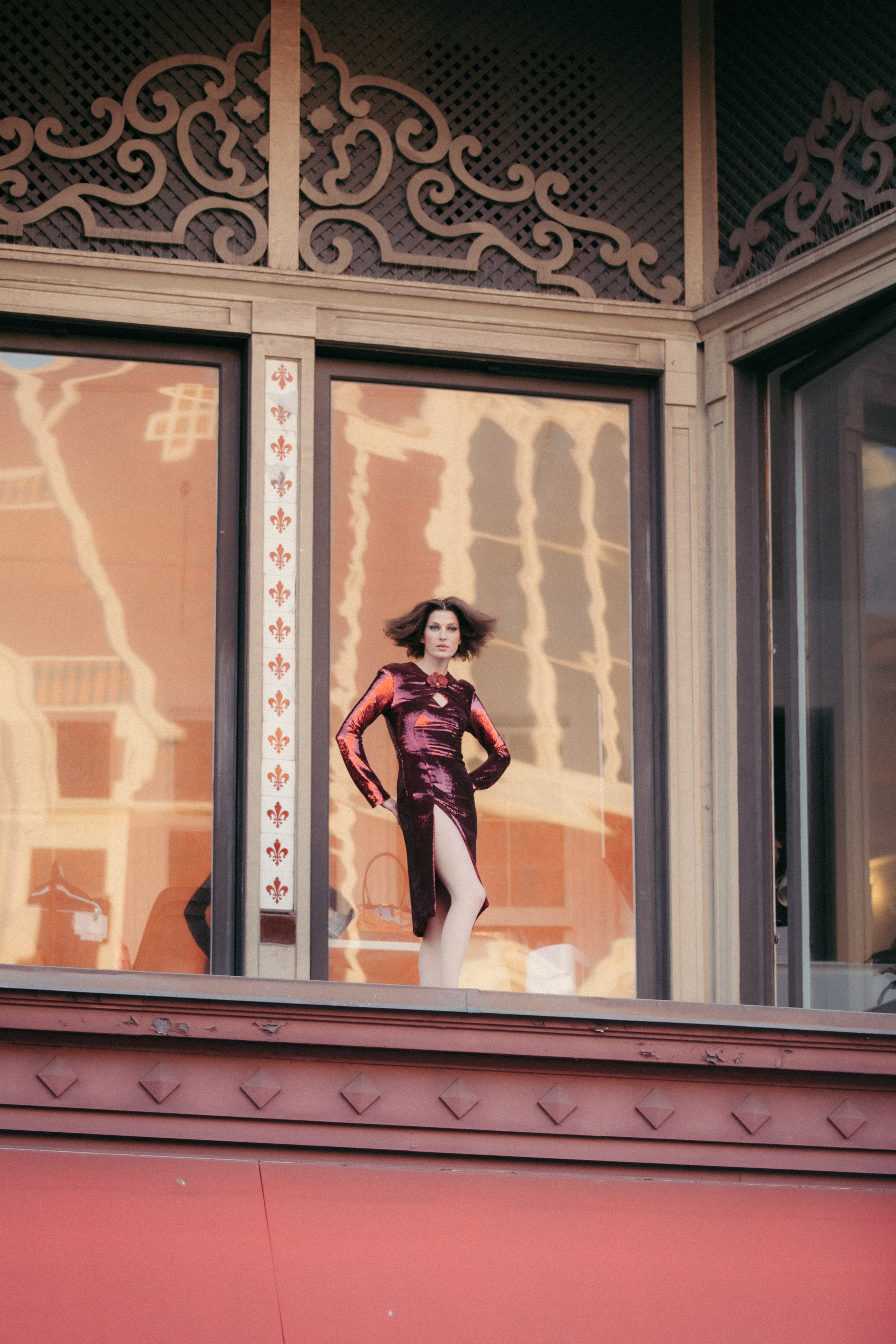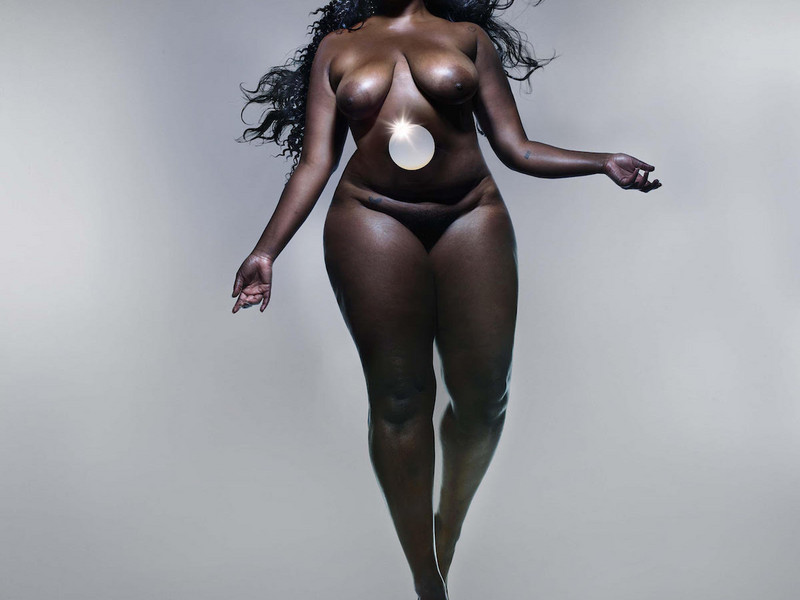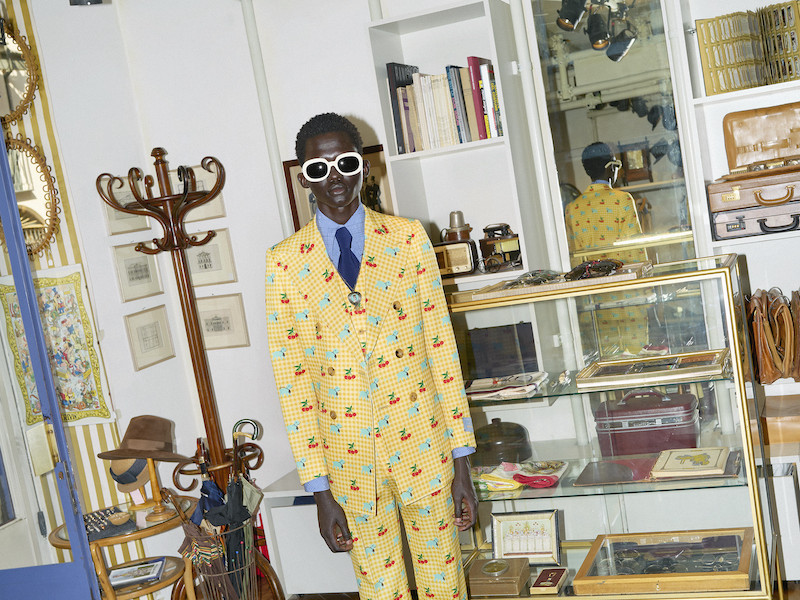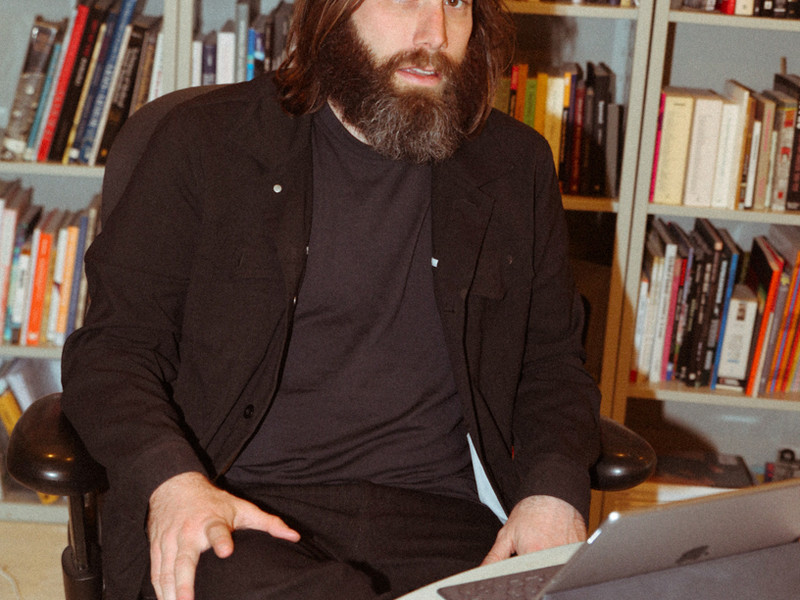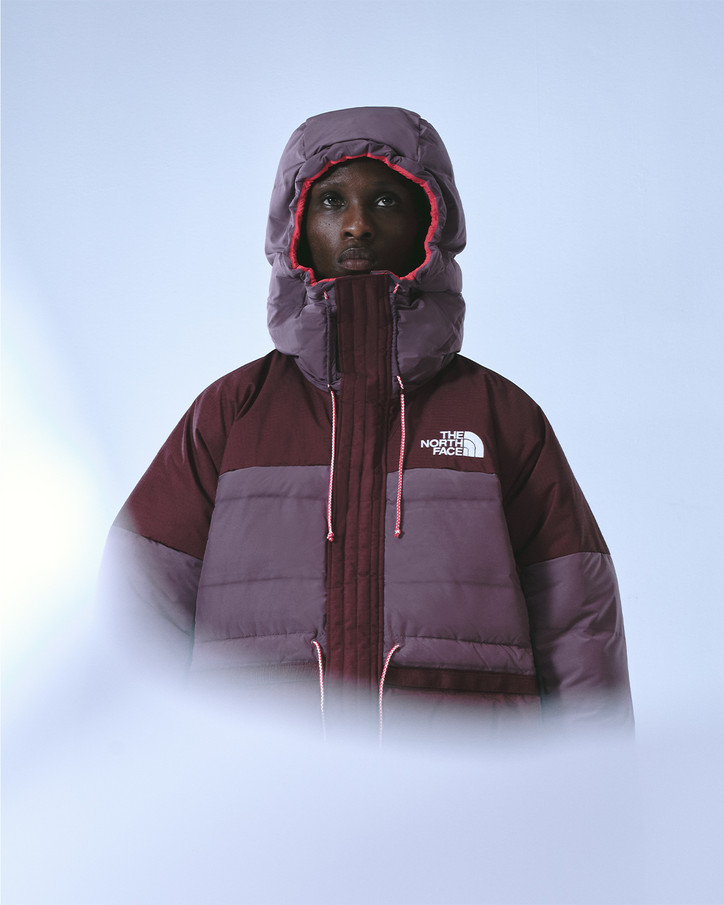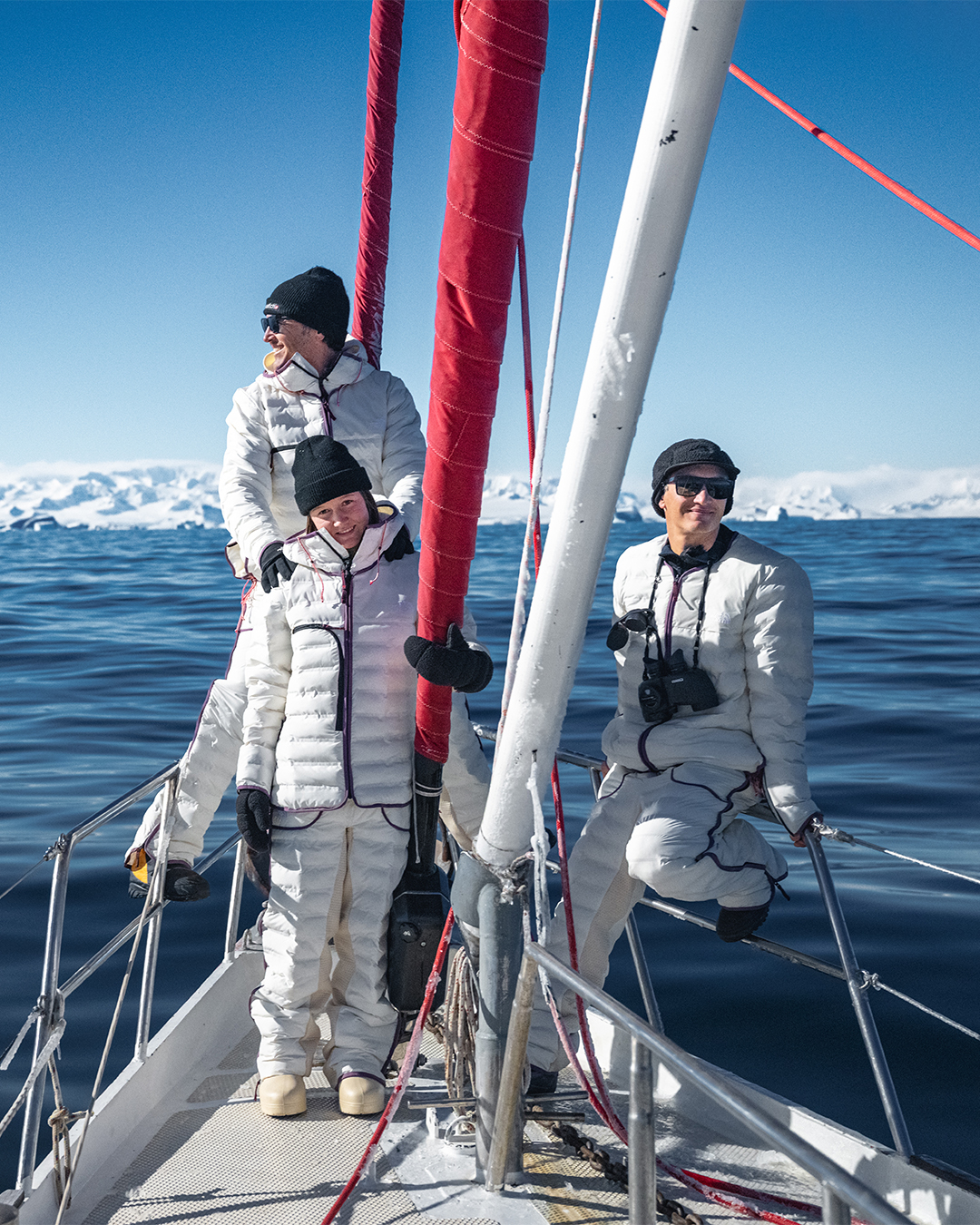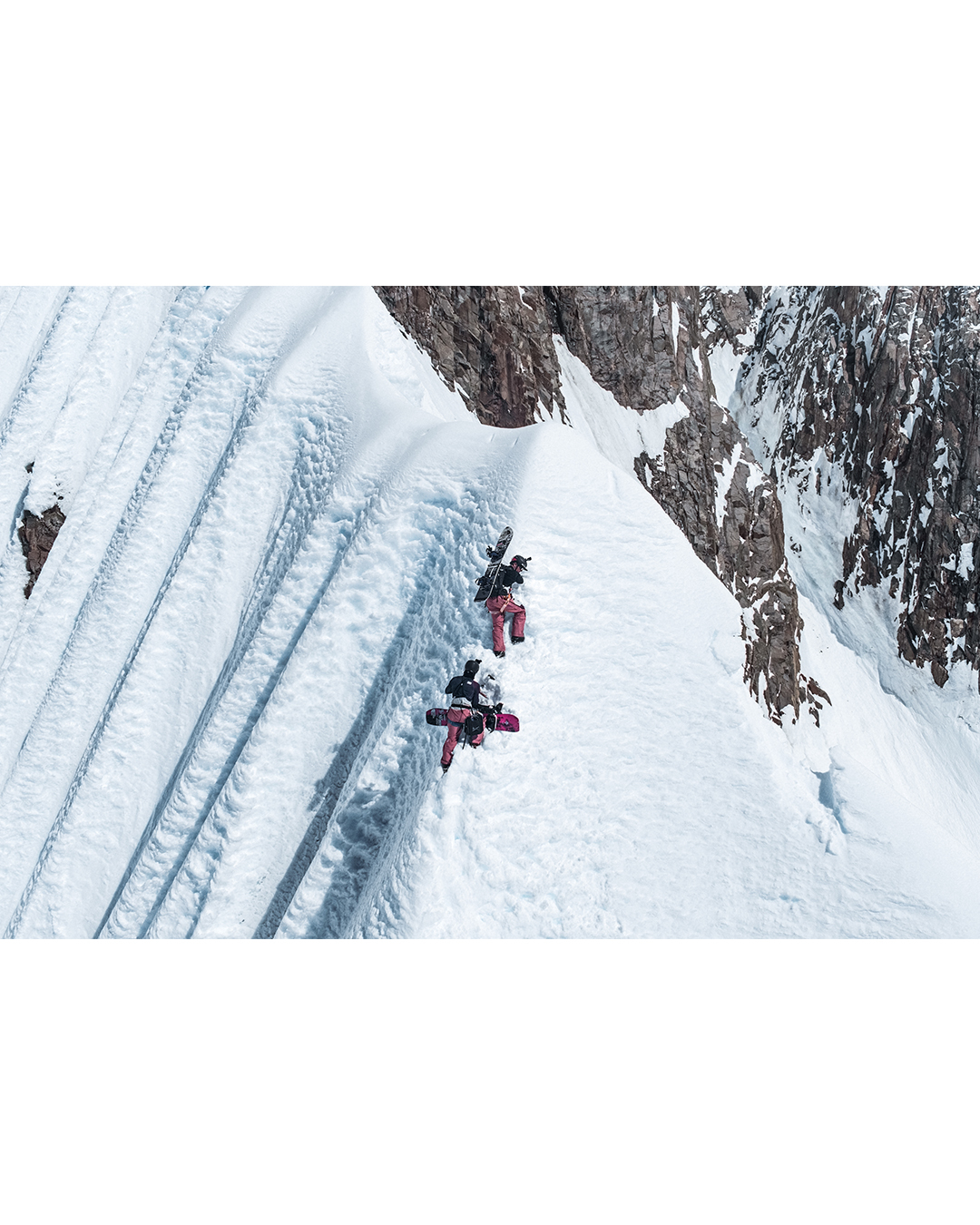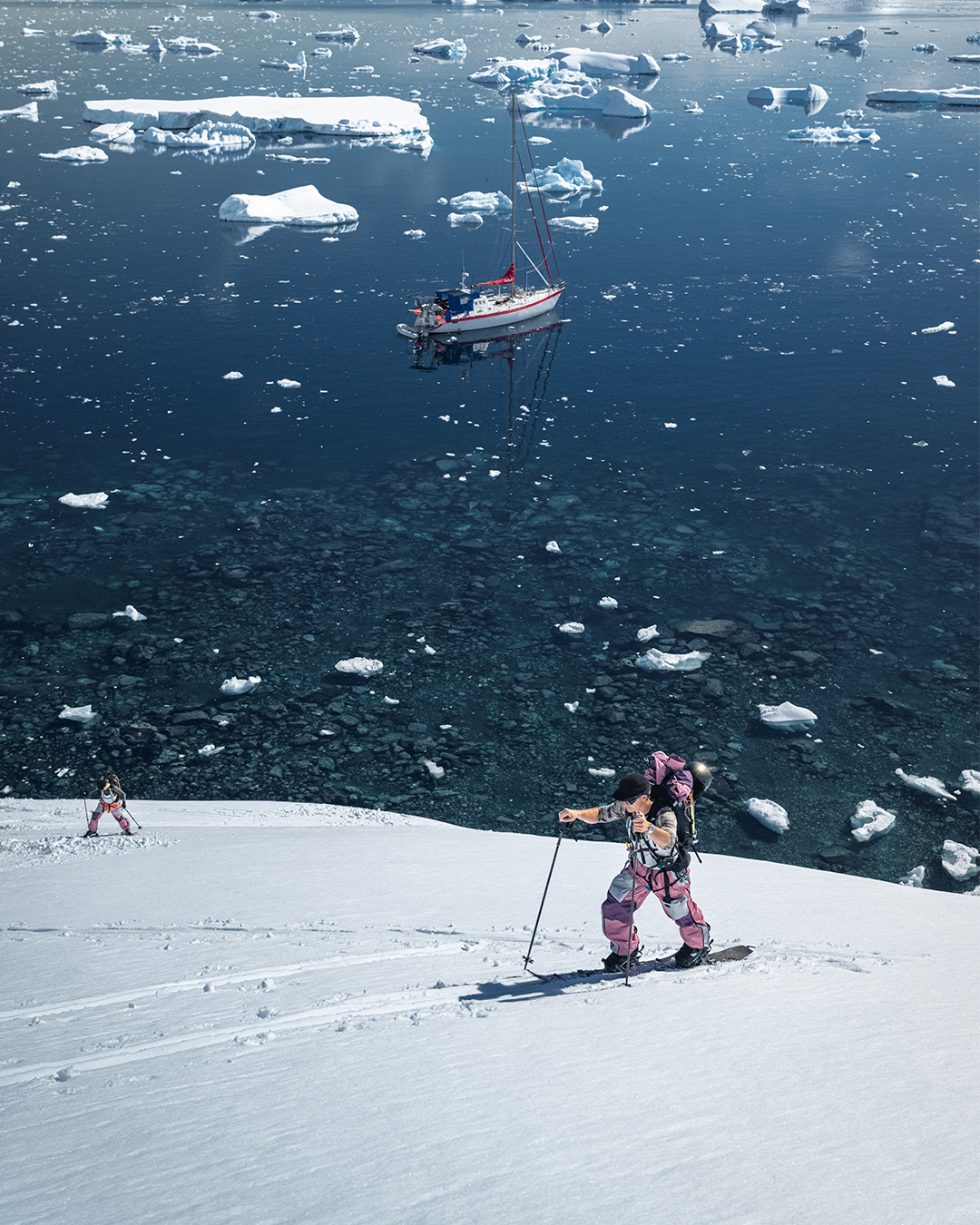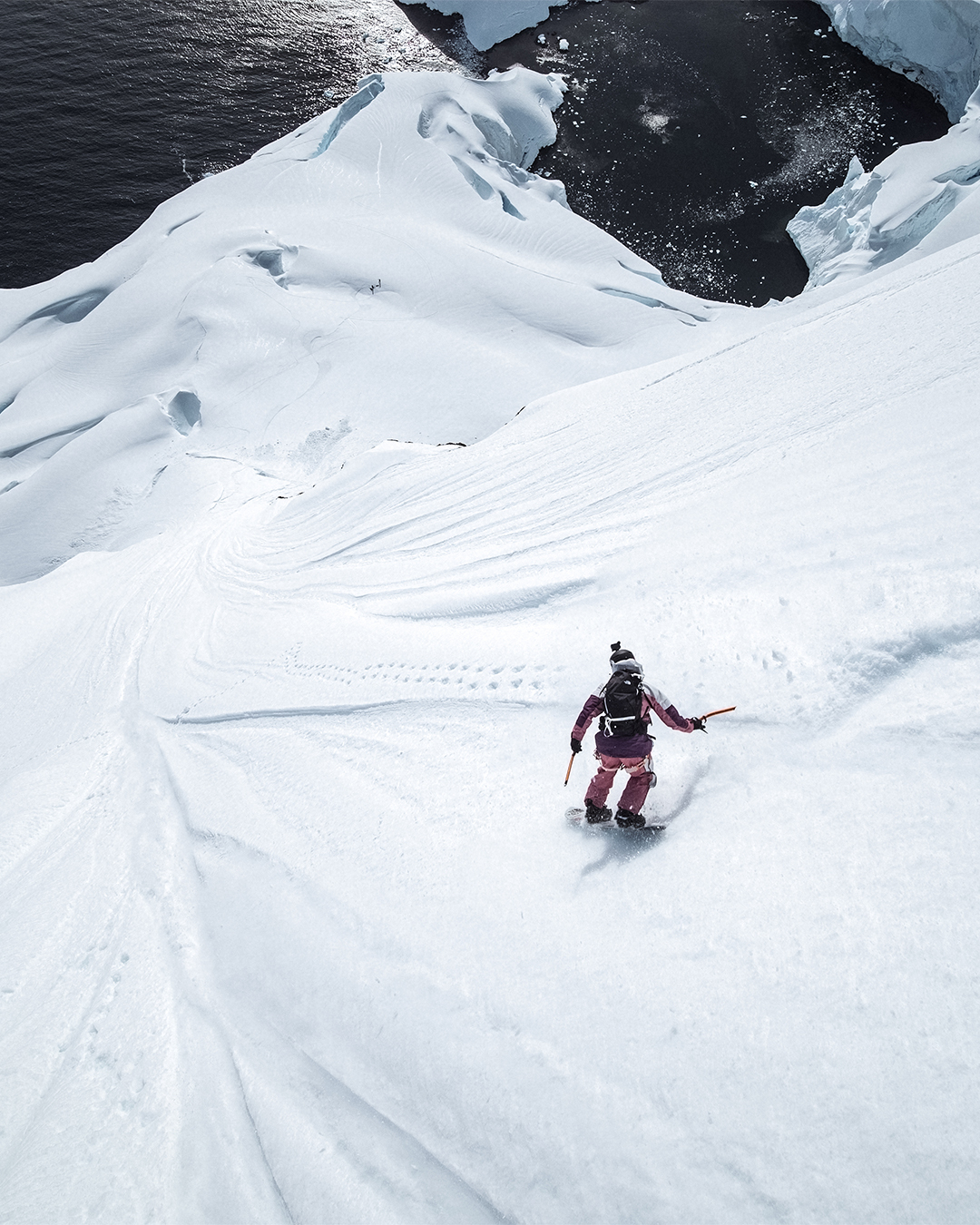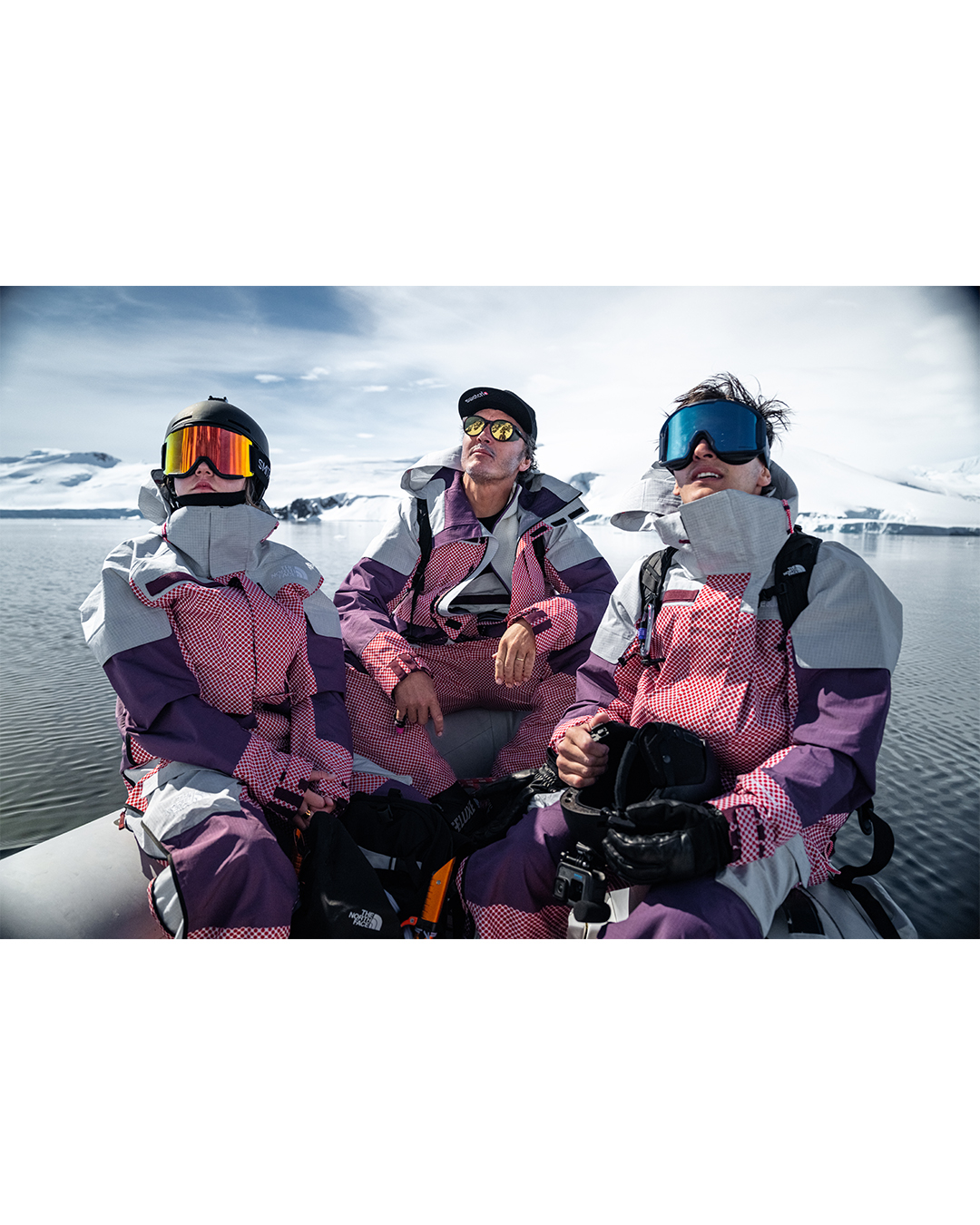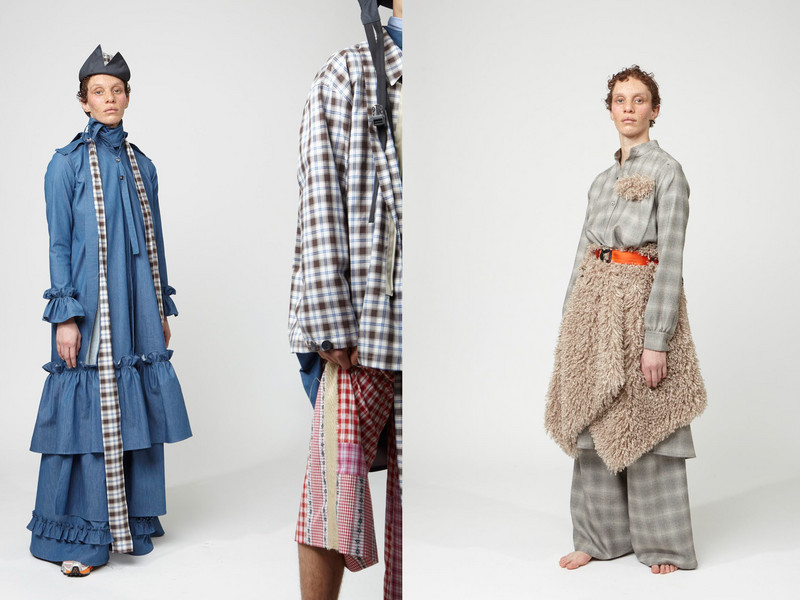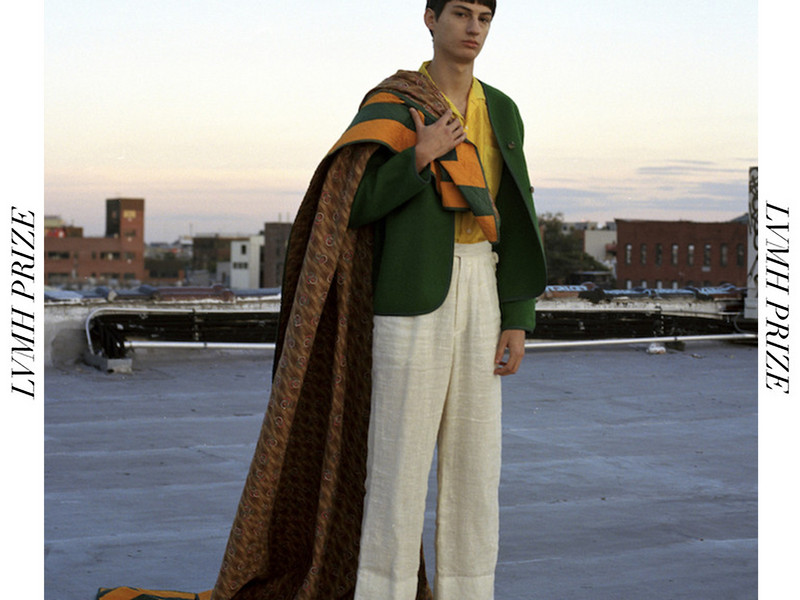Magic in the Details
Through his diverse collaboration and fearless exploration, he hopes to continue the trend of challenging convential ideas through his lens.
Read our exclusive interview with the up and coming director below.
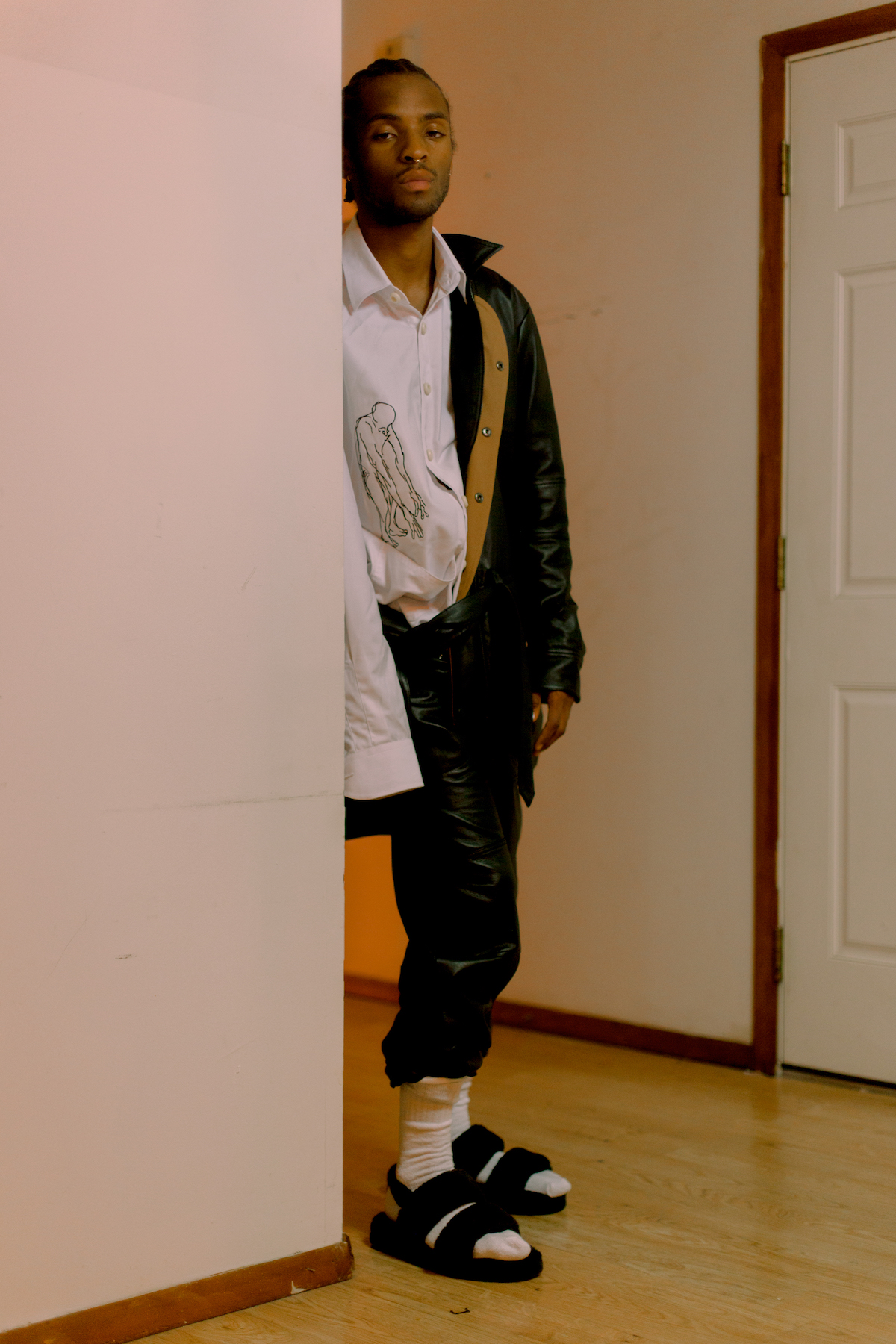
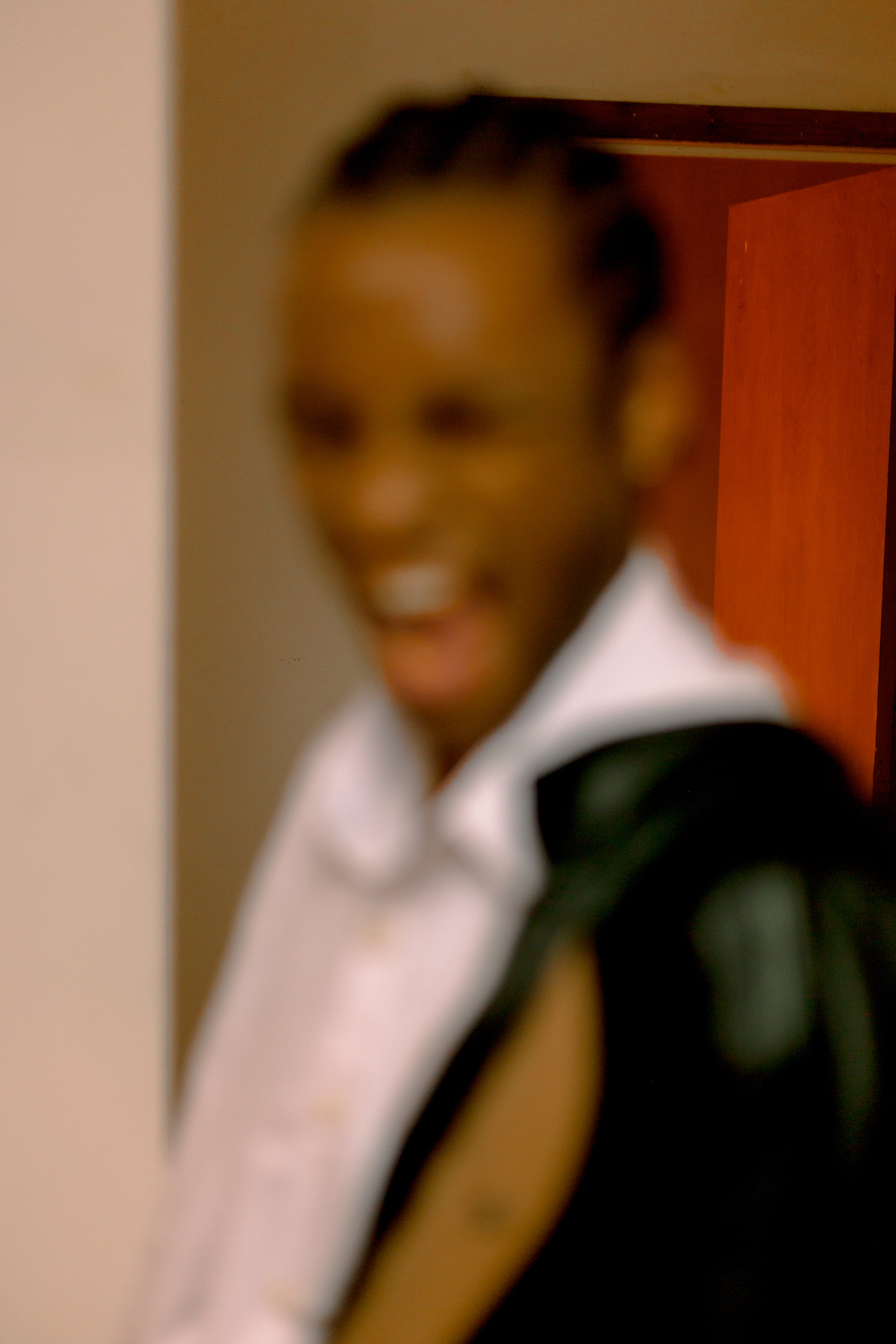
What’s the vibe over there?
Right now it’s cold and slow—quite reflective.
How long have you lived in New York?
I’ve lived here for like a year. Before, I lived in Texas, so that was a completely different vibe. I love it here too. New York is a place that keeps you sharp and there is just inspiration everywhere. Texas is very traditional, but it’s also very open and a bit more reckless [Laughing]. I’ve had an eclectic experience.
Tell me a bit about what you do. Who are you?
I’m a creator, someone that dreams and connects people to make things. Today, I’ve earned the title of director, but it took me a while to find the word for what I’m doing. I love telling stories and the fact that you can work with so many different elements in film. I have very eclectic creative interests and in film, you can combine these. Directing is like living a life of inspiration and being able to speak to that with other people.
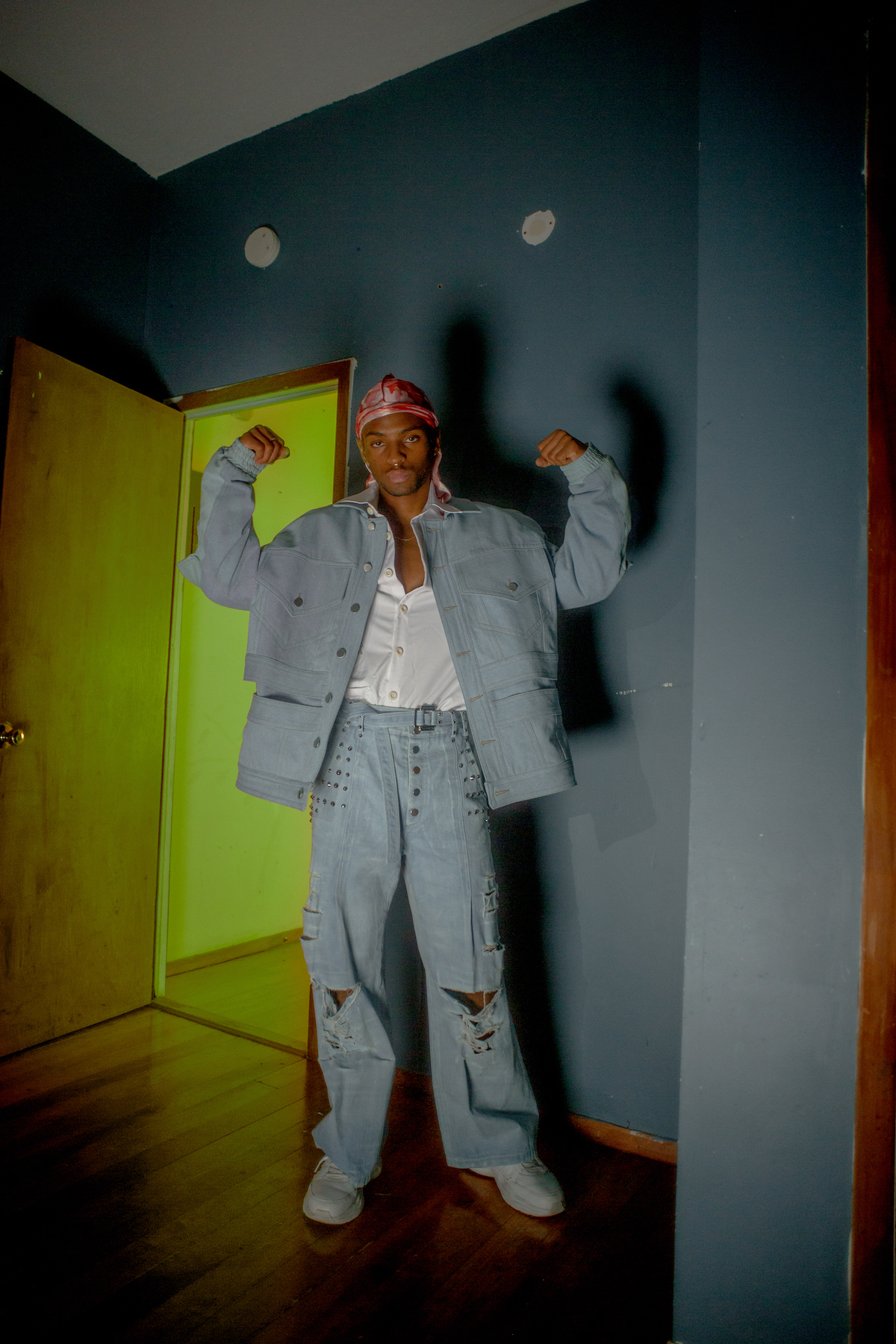
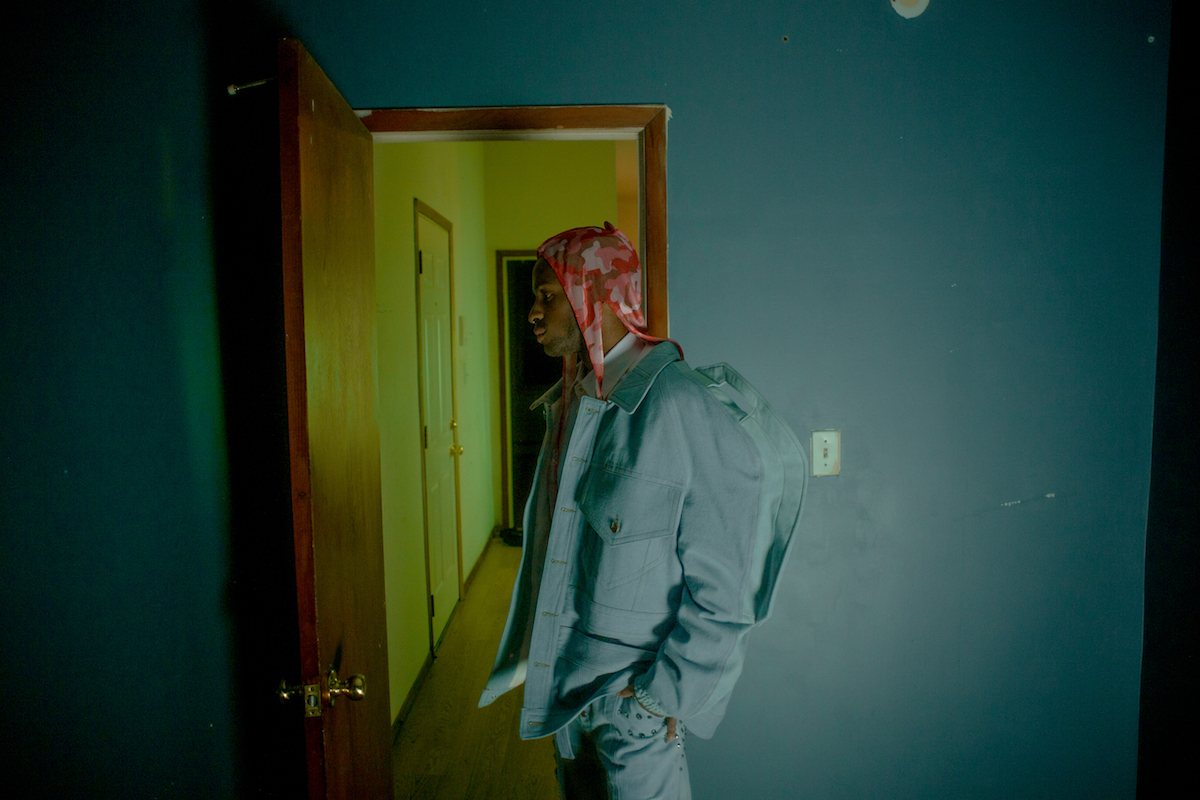
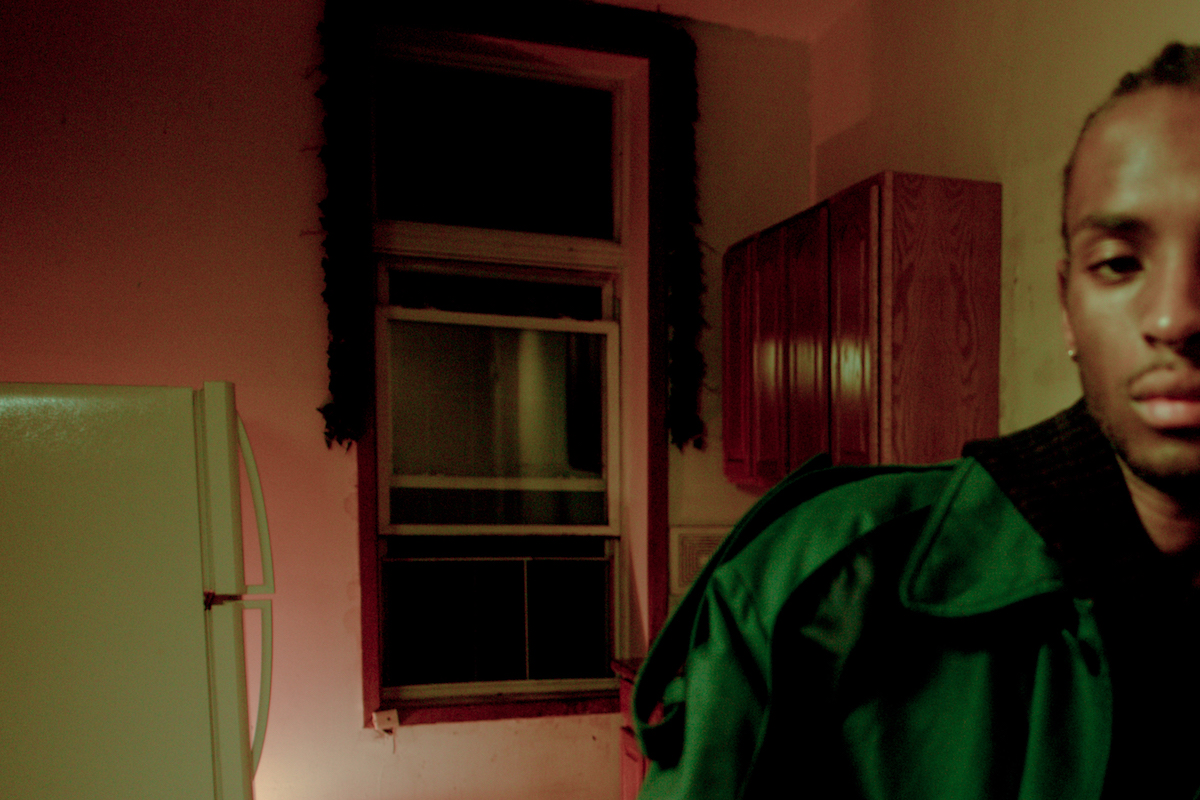
When did you realize you wanted to go into filmmaking?
I started a lot of my creative pursuits at a pretty young age. I loved drawing, painting and playing music as a child. My parents played in church, so I was always around gospel as I grew up. What I liked most about that environment was that there were all these people from different places and backgrounds coming together to create a sound that uplifts other people. I think that’s a part of what I’m trying to do now. There’s a spiritual and ritualistic aspect to being on set and creating something for a higher purpose. But it hasn’t at all been a straight way for me. I grew up in Texas, which is kind of a constricting place where, when you’re a Black man, you’re supposed to do sports and not art. So, a lot of it has been me moving blindly, trusting myself. I think many people that have really valuable skills or things to give to the world never come about doing something with it as they might be in an environment where that is not recognized or its given its true praises and support.
When did you leave Texas for the first time?
After high school, I got a scholarship to go to an art school in New York. Coming here for the first time, I got to look into a whole other world than the one I came from. In New York, art and collaboration are valued so much, which I loved. However, I didn’t really feel at home. I felt in-between worlds, like I didn’t really fit anywhere. I remember one time I walked into a studio to find my friends painting each other naked and it made me wonder if I still had those traditional values from my upbringing and what I still needed to unpack to live with such freedom. At that point, I felt like I wanted to go in a completely different direction, and went back to Texas to study business. I picked to go to Austin, because I knew it was this creative place for music and still wanted to have that thing around me, but at that point, I just wanted to play it safe. As time went by I was doing school less and less, and my creative projects more and more. I went so far down that path that I eventually stopped going to school. Since then, I just kept on making things. Fast-forward four years and here we are.
Making film is really collaboration, and you speak about your role as the director being the person that connects people to make things. How do you manage working in larger teams?
I think it starts with just being very honest with myself and never taking myself too seriously. I think people’s voices are often silenced, even though they have something important to say. The way this industry is built is very hierarchical and people can have a very limited mindset about roles on set. I think it’s very important for us to engage with everybody and always be listening. I think that comes from my background in music, or being a Black person in America, as many times our voices are not being heard.
What does collaboration mean to you?
I think I can create the best things with people that I already know very well. My most successful projects have been true collaborations and allowing myself to be vulnerable and flexible with my ideas.
How would you describe your own style?
I really like to reflect, and find my ways to things that are rhythmic or meditative. There’s a musicality to the beats and how I approach pieces. I like slowing down moments that usually are very fast, crazy hectic or frantic and just make them a bit more surreal. I like focusing on these little details that are magical, that we often overlook. I love that. I love things that are dreamy, and I love science fiction. I love the things that are a bit outside of reality. I think it makes it easier for people to accept different ideas and new concepts because your ego isn’t guarding you. If you say it as it is, people tend to be defensive instead of trying to understand what’s being said.
What do you wish to say with your work?
That is always changing and I think it’s parallel with how I feel and what I think about life at a certain time. I consistently try to break the molds of what is expected from us and face the things that might make us uncomfortable. But I also like to make stuff that allows your mind to wander, to dream. I think that helps us ascend.
Sometimes you work with bigger commercial projects, aside from your own filmmaking. This means some of the work you do has a really big audience. Creating visual culture is power, how do you reflect on that?
That’s of course challenging. I’m very particular about the people I work with and I try to be as real as I can. When I tell other people’s stories, I’m trying to best understand how they might see the world. I think there is this thing going on right now when people are rejecting things just because it doesn’t make them feel good. It’s no less true just because it doesn’t make you feel good. I just try to, at the core, find the truth in something. A lot of times in advertising there is an agenda and that agenda sometimes isn’t great for all people and is not always reality. I think there is a way to engage people without bending the truth to an extreme. Ultimately, I aim to make things that are truly moving. In commercial work, It’s something we have to fight hard for and might appear easy once something is completed but is usually an uphill battle to convince people to push the limits of what’s possible and trust you. It can be exhausting but can help support the creation of passion projects with more creative control.
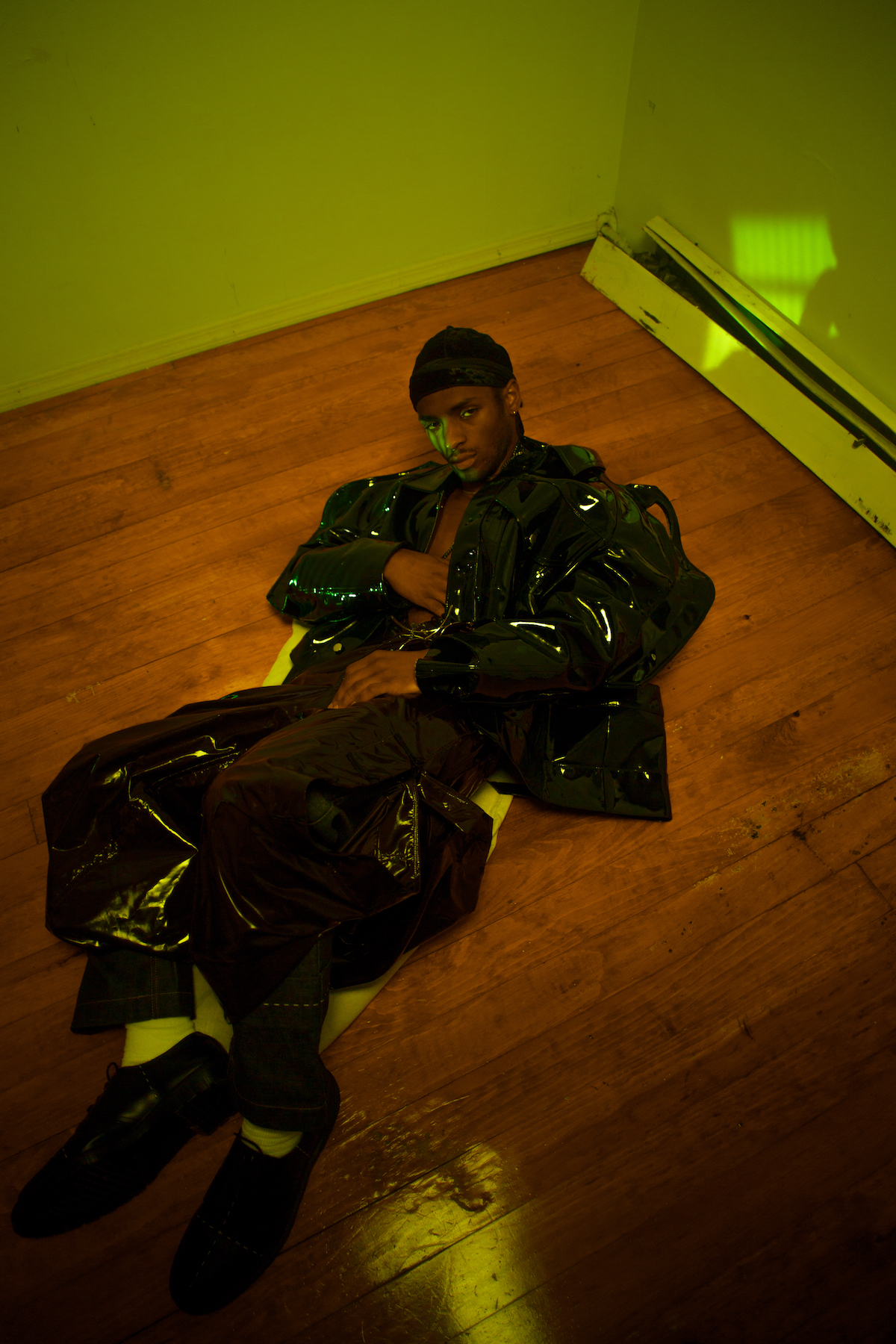
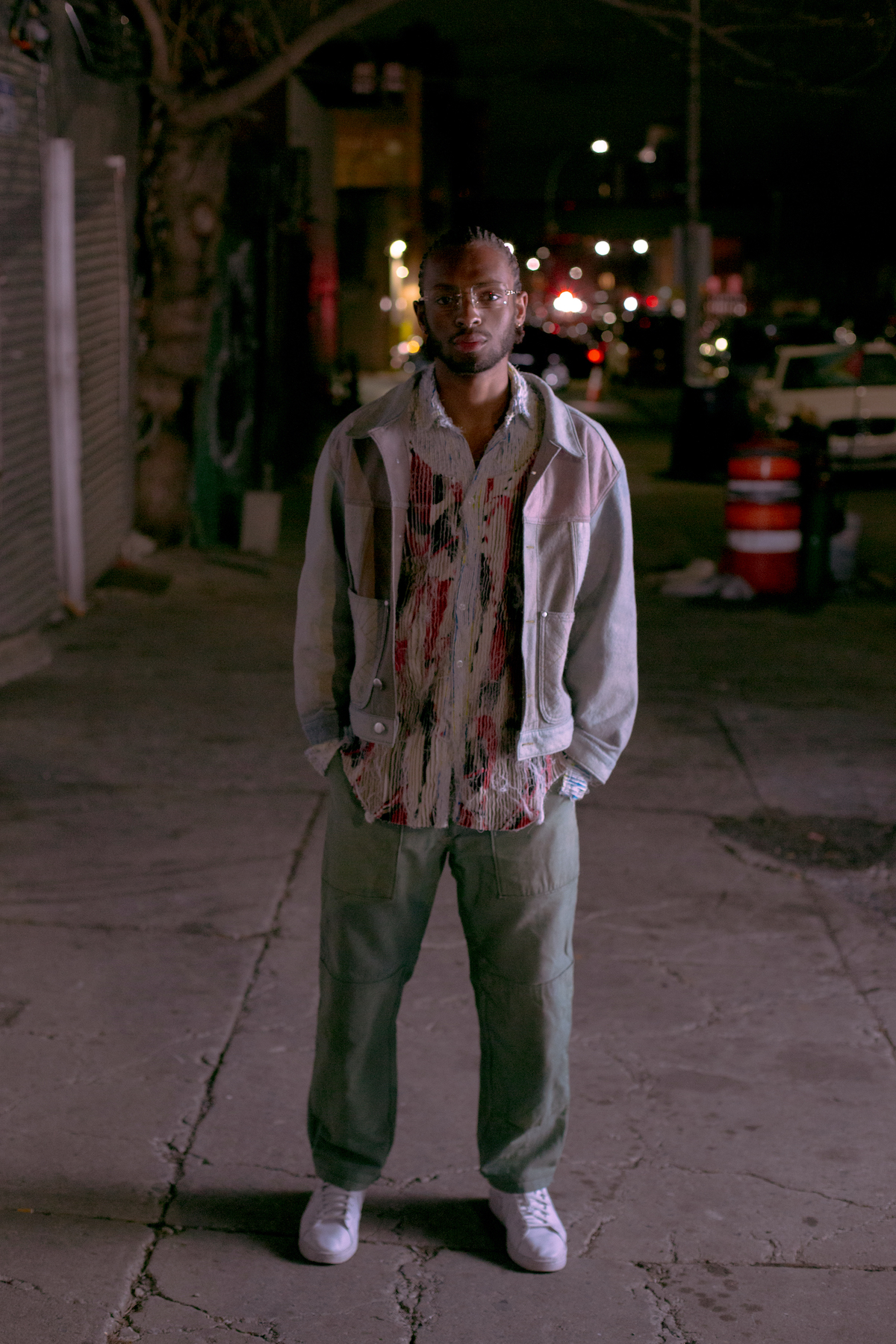
Your short film “Selling Soul” comes into that theme a bit right. The film plays out to be this glossy 70s commercial with all good vibes, but the subtitles are stating the absolute opposite, warning you about the products on display. Do you want to tell us about that piece?
That piece was just made of my frustration seeing so many things being not real, or companies historically trying to use Black people to advertise things that are unhealthy. Maybe a lot of the things I’ve talked about so far sound serious, but I actually love the comedic side of things. With comedy, people let down their guard. With comedy, you can tell an uncomfortable truth and at the same time give somebody a big hug, which makes people more accepting of what the message is. I think laughter is really inspiring and one of the highest forms of art. The things you laugh about stay with you the longest.
Where do you turn for inspiration?
I like to read and explore nature.
What do you read?
Lately I’ve been reading Civilized to Death by Christopher Ryan. I like hanging out with other artists that are way more talented and well-spoken than I am. I also try to get closer with myself through psychedelics, taking time to breathe and meditate, and spending time in nature. I really like to stay grounded and stay humble to keep an open mind for inspiration.
